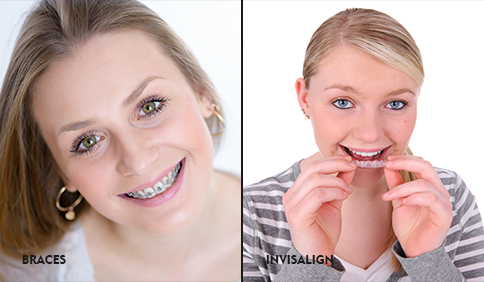At Palisades Dental Care, , we offer both traditional metal braces and Invisalign clear aligners. Most of our teen and adult patients prefer Invisalign because the aligners are transparent and almost invisible. Even at close range, most people won’t even know you’re wearing them.





We are located on East Madison Avenue in Dumont, New Jersey and look forward to working with you to straighten your smile and provide any other dental services you and your family may need.
